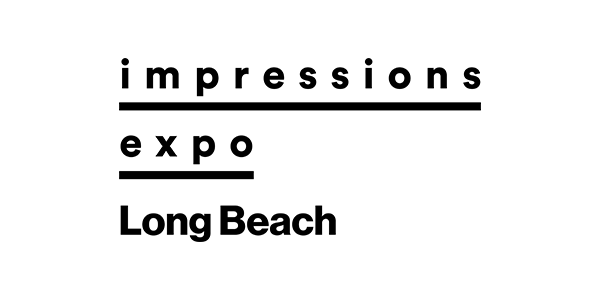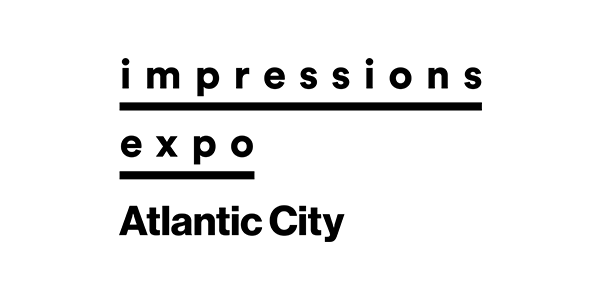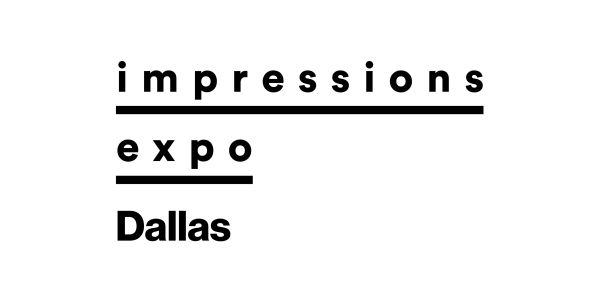Long a global leader in the area digital apparel decorating, Epson continues to push the envelope with a line of “hybrid” printers capable of both direct-to-garment (DTG) and direct-to-film (DTF) decorating. Impressions content director, Adam Cort, spoke with Tim Check, senior product manager of professional imaging with Epson America, to learn some more about this powerful new technology.
Adam Cort: Epson has been putting a lot of time and effort into developing its DTG/DTF Hybrid Printer Line. Could you describe how these systems work and the advantages they offer to decorators?
Tim Check: For over a decade, Epson has dedicated itself to developing high-quality DTG printers designed to make the life of a garment decorator easier. By developing equipment that delivers consistency and reliability, shop owners can focus on growing their business, rather than troubleshooting equipment.
Recently, Epson has been focusing on developing its DTG and DTFilm hybrid printers; engineered to bring reliability, color consistency and ease of use to garment decorators. DTG and DTFilm are two prevalent methods. These hybrid solutions give garment decorators more tools in their chest, providing the ability to determine the best solution for each print by taking design intricacy, hand feel and cost into consideration. These solutions grant more freedom to the designer to bring their full vision to life, knowing items can be produced in a cost-effective manner.

Maintenance is a snap with the Epson SureColor F1070, shown here in DTG mode. Image courtesy of Epson
Each print method has its advantages. DTG is ideal for creating larger, full-color graphics with intricate details. With DTG, a garment decorator can produce a high-quality, full-color, vibrant fashion T-shirt with a very soft hand feel. These are generally premium products and work best when printing directly to the garment. DTFilm is ideal for producing smaller prints, such as chest pocket logos, or printing and transferring graphics to a hard-to-print area—such as a shirt sleeve. With DTFilm, a garment decorator can print one sheet with multiple images or logos that can be applied quickly and cost-effectively.
Additionally, garment decorators must consider the fabrics they are working with when determining the best print method. DTG works well with cotton blended fabrics, while DTFilm works on just about any type of fabric, including fabric blends that are not typically supported by DTG printing, such as 100-percent polyester, nylon and other quick-drying, athletic fabric, as well as on unusually shaped items like hats, shoes, tote bags and more.
In today’s market, there’s an emphasis on sustainability and as a result, there is a shift away from mass production. DTG and DTFilm print technology supports orders as they come in and can reduce excess inventory and waste once a new trend comes along. The newer models, produced by reputable brands, provide a consistent, reliable hardware solution that make it easier for garment decorators to satisfy their customers, providing options to potentially expand shop capabilities and create long-lasting, durable garments sustainably and efficiently.
AC: For those interested in taking the DTG/DTF hybrid route, what factors should they bear in mind when deciding between, say, the smaller F1070 and the mid-level F2270 model?
TC: For those who are new to the industry, or those coming in with a consumer-grade product and want to further expand into garment decorating, it would be ideal to start with an entry-level hybrid DTG/DTFilm printer. This provides the print shop the opportunity to become familiar with both printing methods. Having the ability to print to film transfers can expand product offerings to polyester, cotton/poly blends, tri-blends and more—even products outside of the textile space.
The entry-level SureColor® F1070 also has the ability to help take care of itself, with integrated proactive and reactive maintenance features, making it easier for the entry-level garment decorator to focus on creating the best design, rather than on ongoing printer maintenance tasks.
A hybrid DTG and DTFilm system provides the flexibility for garment decorators to select the best print method for each product. Starting with an entry-level solution provides a cost-effective way of getting into the industry with the possibility of expanding offering without a large upfront investment.

For decorators looking to take their productions runs to the next level, the Epson SureColor F2270 DTG/DTF hybrid printer makes for a great choice. Photo courtesy of Epson
For those more experienced garment decorators or print shops looking for larger capacity, the mid-range SureColor F2270 or high-capacity SureColor F3070 can produce larger images, support thicker garments and offer print shops increased efficiency and productivity. A print shop’s needs vary—for instance, a screen-printing business requiring a quick turnaround on three dozen shirts would benefit from a mid or high-capacity DTG printer as it’s an ideal solution for on-demand orders.
AC: For those interested in exploring DTG/DTF, what’s involved in terms of things like training and maintenance when working with these kinds of systems?
TC: Over the past decade, significant advancements in DTG/DTFilm technology have impacted training and maintenance. Previously, those operating garment printers needed to have a technical background and be very comfortable performing ongoing maintenance tasks, such as ink priming and purging. These tasks could take hours, greatly reducing the time spent printing and creating sellable goods. However, stemming from the work of Epson, there is now a focus on creating technology that actually works and drastically reduces maintenance, and the amount of time spent on training employees.
Today, some printers can help take care of themselves with integrated proactive and reactive maintenance features. For example, Epson DTG/DTFilm printers leverage Nozzle Verification Technology that can detect nozzle clogs and printhead issues that automatically compensates or correct the problem without a print operator. These printers can monitor and handle various maintenance tasks on their own, reducing the number of wasted prints due to poor print quality and the need for intensive operator technical training.
When training to use the printers, it’s important to understand how to get great results. To learn the best techniques, as well as tips and tricks, manufacturers and dealers offer a variety of both video and in-person training sessions. For example, the Epson Print Academy on YouTube offers videos designed to help printer operators understand their equipment and produce high-quality sellable goods.
Additionally, learning the different types of fabrics for those interested in garment printing is critical during the training process. Understanding the fabric options available, their benefits and how to design for each fabric type helps the garment decorator meet customer expectations. Whether they want a soft fashion garment or durable workwear, the fabric selected will help customers make their final decision. When learning to design for fabric, unlike other print styles, it’s essential to lean into the negative space—having empty space on a garment allows the fabric to breathe better, regardless of print method, providing a better feel.
AC: The recently introduced SureColor F1070 Hybrid DTG/DTFilm Printer is an especially interesting system. Could you maybe give us an overview of the various features it has to offer?
TC: The SureColor F1070 is a mini version of our mid-production SureColor F2270. For the entry-level model, Epson distilled intuitive, production-level features into a smaller footprint. A few of these features include:
- Nozzle Verification Technology: The F1070 incorporates a PrecisionCore® Micro TFP® printhead with Nozzle Verification Technology to consistently deliver high-quality prints. This system can identify nozzle clogs and compensate for or correct the issue to help ensure consistent print quality.
- Auto Height Adjustment: The feature automatically measures garment height during the loading process to automatically raise or lower the garment for optimal print quality without user intervention.
- Ink Chemistry: Touting renowned UltraChrome® DG2 inks, in a sealed ink system, this ink chemistry is ECO PASSPORT by OKEO-TEX and organic certified, ensuring garments created on the F1070 with UltraChrome DG2 inks are safe for users.
Purpose-built by Epson, the F1070 is part of the Epson ecosystem designed to simplify the printing process. This ecosystem includes compatible software to support an efficient workflow. The F1070 comes equipped with robust Epson Garment Creator 2 software as well as Epson Cloud Solution PORT®,1 Epson’s cloud-based monitoring platform that supports live production monitoring, including output cost estimates and printer utilization statistics. [Ed Note: All features of this system require an active Internet connection and the use of a supported browser.] Additionally, to support a color managed workflow, Epson offers the SD-10 spectrophotometer to help garment decorators accurately identify and recreate colors to ensure customer color satisfaction.
For more on Epson and its line of hybrid DTG/DFT printers, click here.





